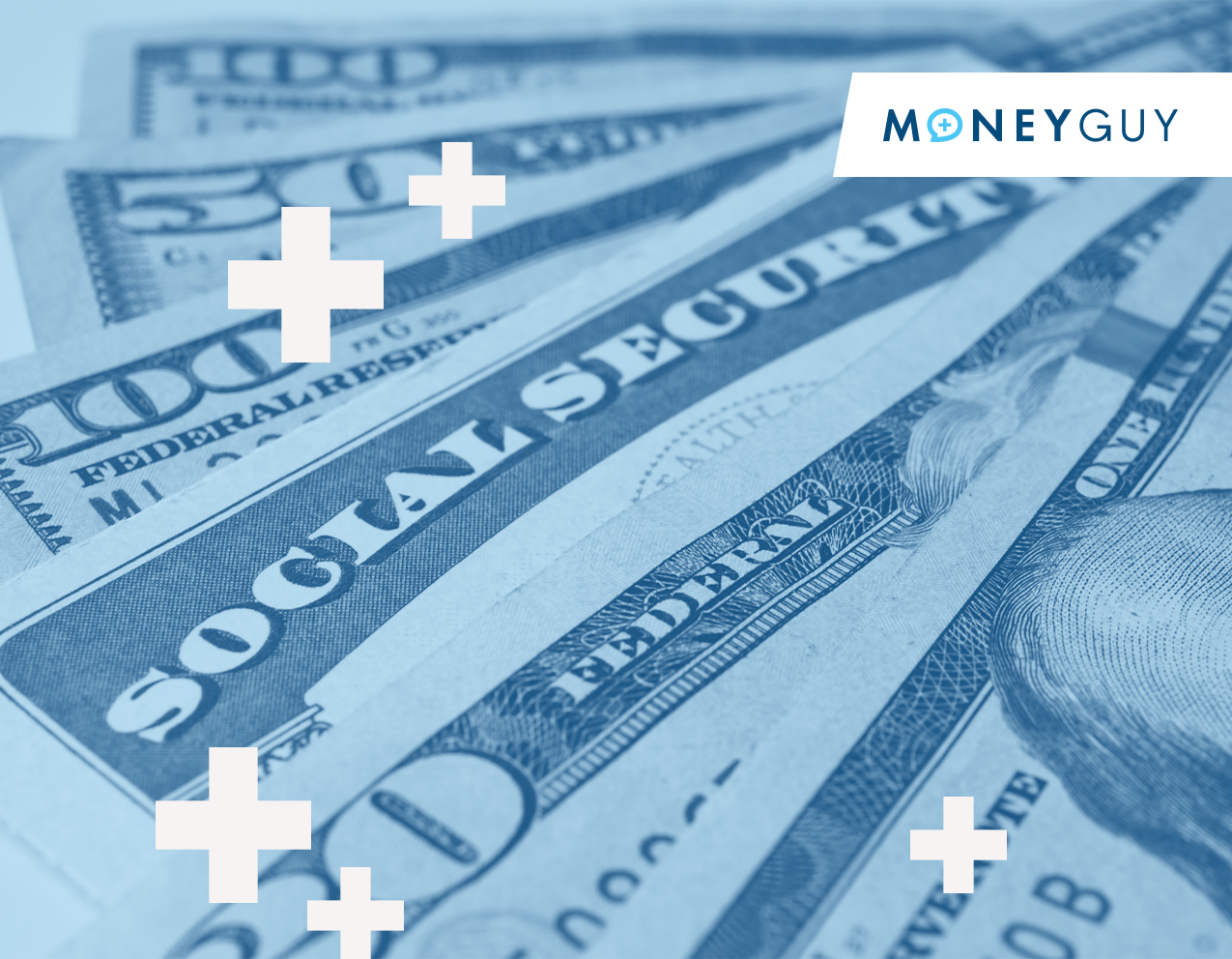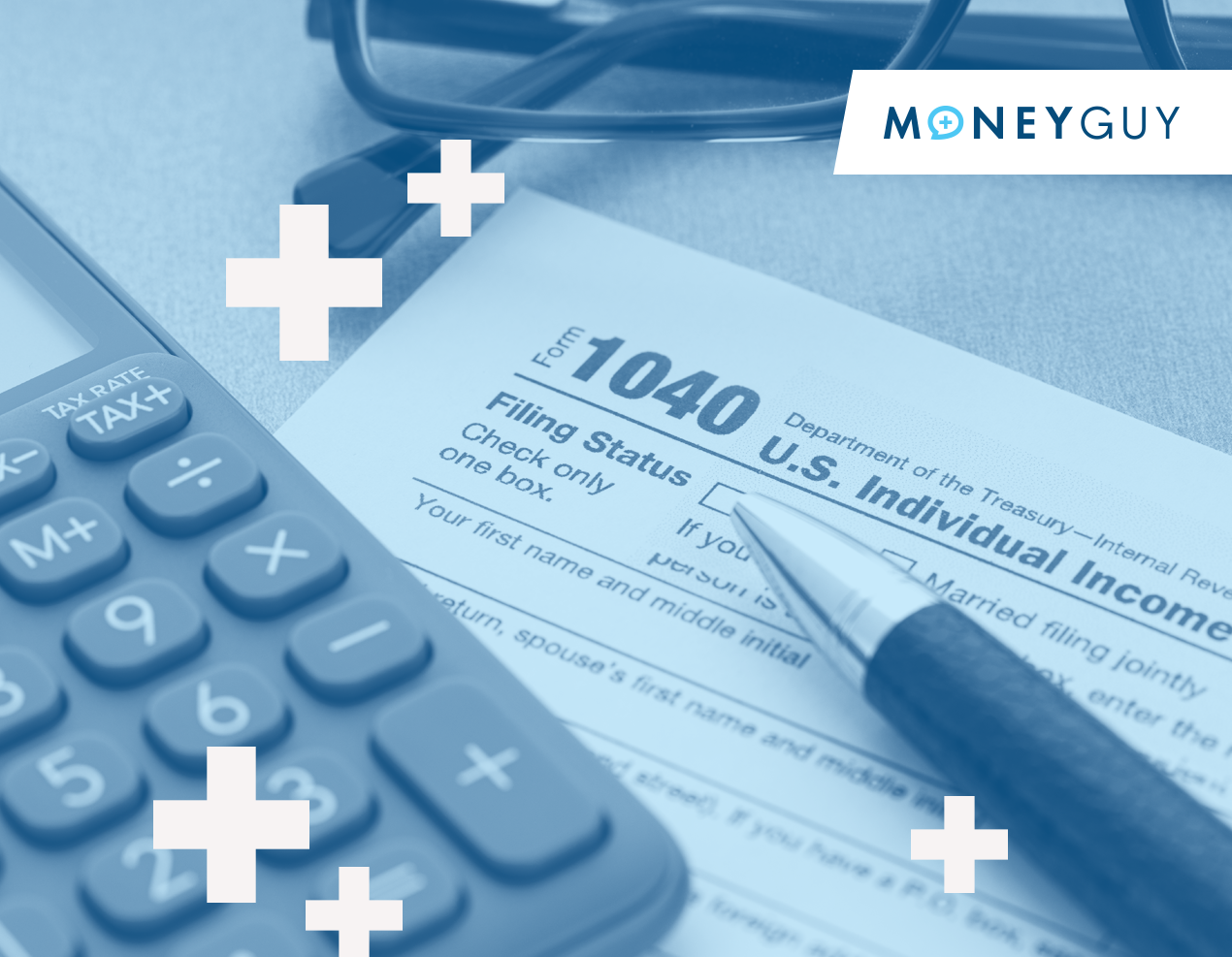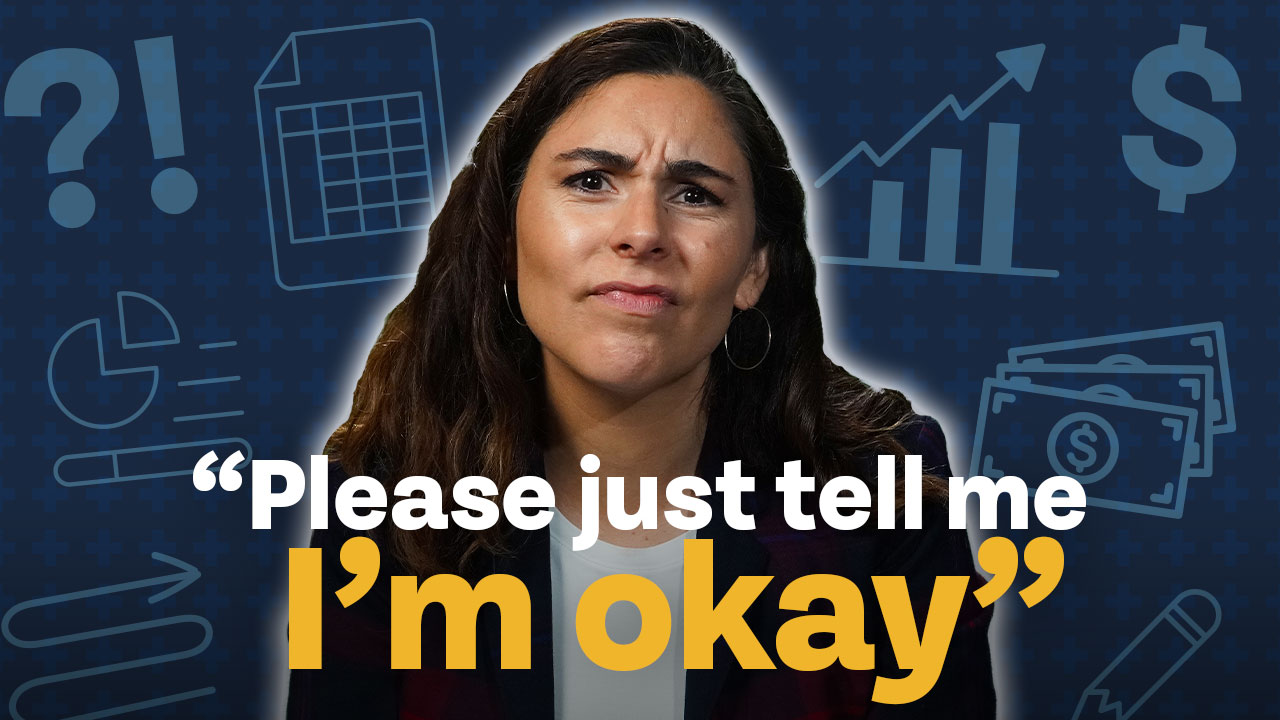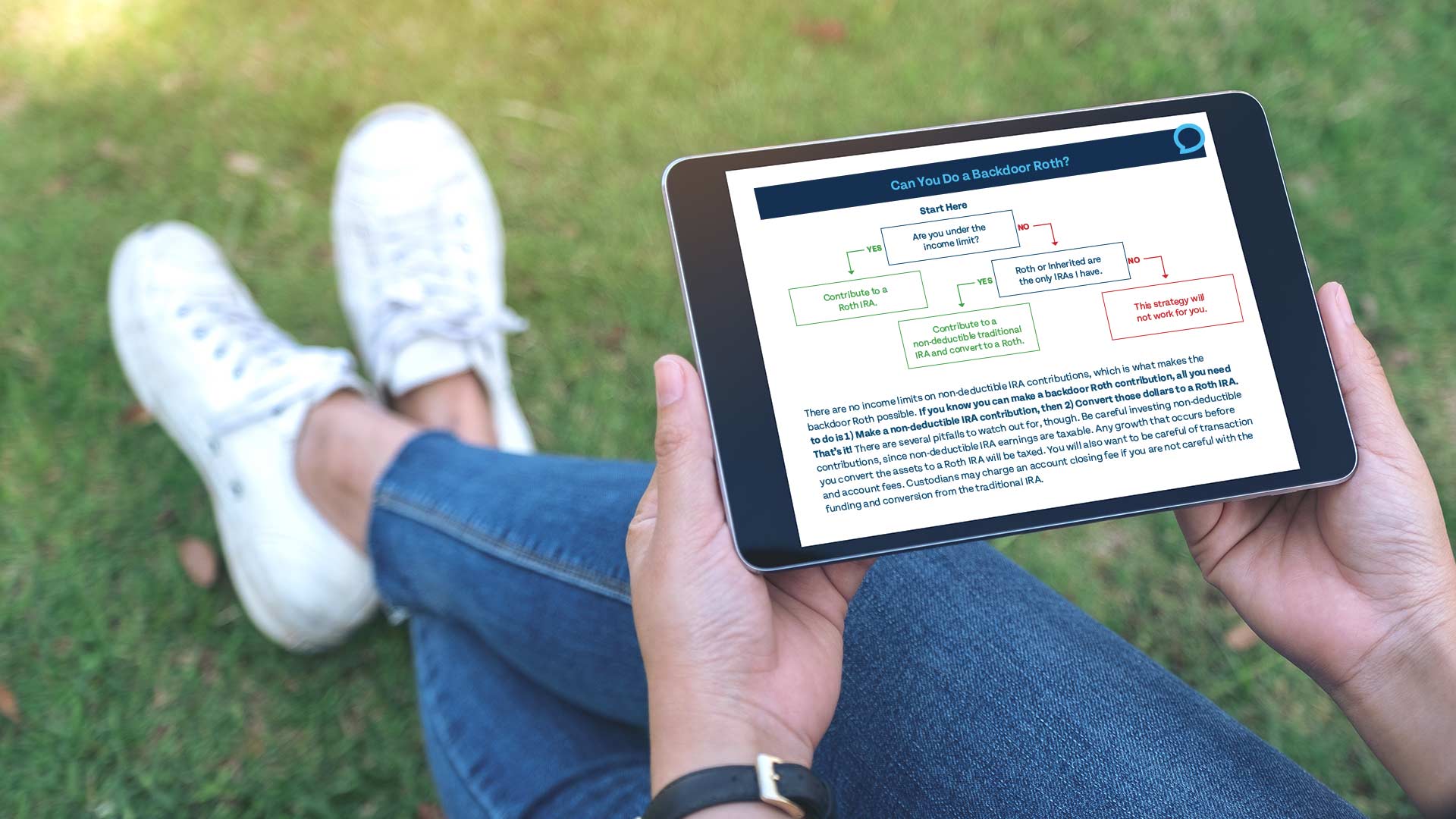Ever wonder where financial advisor fees come from? In this highlight, Bo and Brian explain how financial advisors fees come out of your accounts.
To learn more about our financial planning side of the business, check out aboundwealth.com.

Subscribe to our free weekly newsletter by entering your email address below.
Ever wonder where financial advisor fees come from? In this highlight, Bo and Brian explain how financial advisors fees come out of your accounts.
To learn more about our financial planning side of the business, check out aboundwealth.com.
Read through our thoughts and tips on how to manage your money better.


When Should I Claim Social Security?
Social Security can have big impacts on your retirement. But knowing when to draw Social Security can depend on a…
View Resource
Tax Guide 2025
Updated for 2025! Ever wonder what the highly trained professionals use to tax plan? Wonder no more! We’ve assembled the…
View Resource
8 Questions to Ask Your Financial Advisor
These 8 questions will help you know for sure! Whether you’re looking for a new advisor or you’re already working…
View Resource

The Truth About Dave Ramsey’s 7 Baby Steps
Watch Now
Her Finances Need a TOTAL Reset…
Watch Now
How To Build a Financial Plan (By Age)
Watch Now

How about more sense and more money?
Check for blindspots and shift into the financial fast-lane. Join a community of like minded Financial Mutants as we accelerate our wealth building process and have fun while doing it.



Subscribe to our free weekly newsletter by entering your email address below.